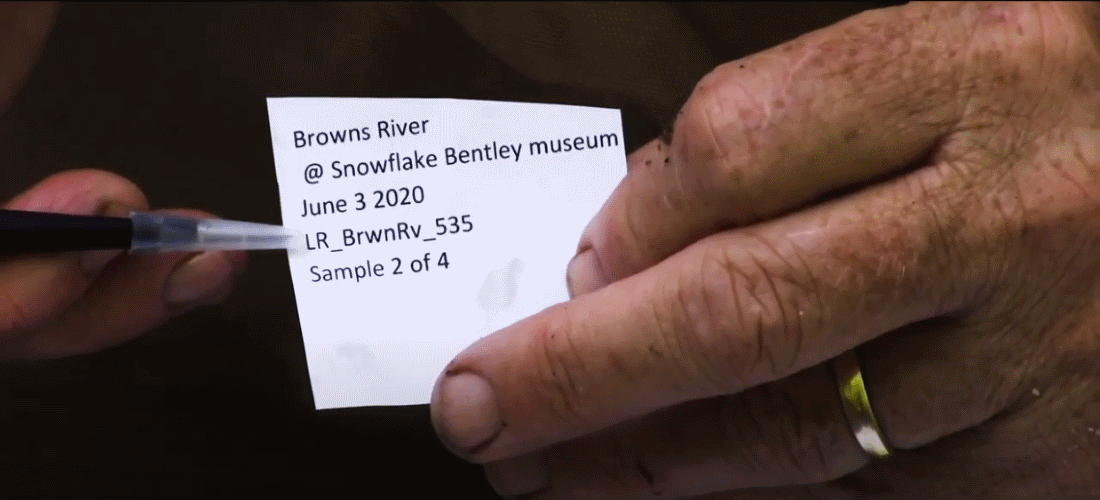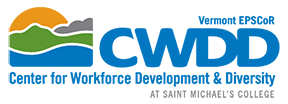
By Dr. Declan McCabe, Professor and Chair of Biology, St. Michael's College
“Sampling macroinvertebrates is equal parts craft and science”, explains Dr. Declan McCabe, Professor and Chair of Biology at St. Michael's College. “The procedures are best taught using the hands-on demonstrations that Vermont EPSCoR has typically provided to students for many years,” he continued.
This year however, is far from typical and so it has been important to adapt to the limitations and opportunities presented by our circumstances. Dr. McCabe enlisted the assistance of his son Ethan, a film major at Quinnipiac University, who was sent home for the year in spring 2020 like so many students due to the COVID-19 pandemic. Together, they put Ethan’s film making skills to good use by making a series of short clips demonstrating the techniques typically taught at Saint Michael’s College in our usual face-to-face programming.
Sampling macroinvertebrates in streams involves one approach, while lake sampling requires entirely different techniques and equipment. “Lake sampling in particular involves a technique that needs to be seen to be appreciated”, said Dr. McCabe.
Thick muck dredged from lake floors can thoroughly plug up every last opening in the fine sieves used to extract macroinvertebrates, and adding water exacerbates the situation. Dr. McCabe uses a unique approach that involves bouncing the sieve on the water surface to force water up from below to dislodge even the thickest muck. It’s vaguely like panning for gold, and for an ecologist studying water quality in natural environments, macroinvertebrates are worth more than gold.
The clips below have been made available in lieu of the usual in-person VT EPSCoR CWDD high school outreach workforce development training program. Dr. McCabe hopes that the videos “can help others with their sampling and lab processing of macroinvertebrate samples.”
